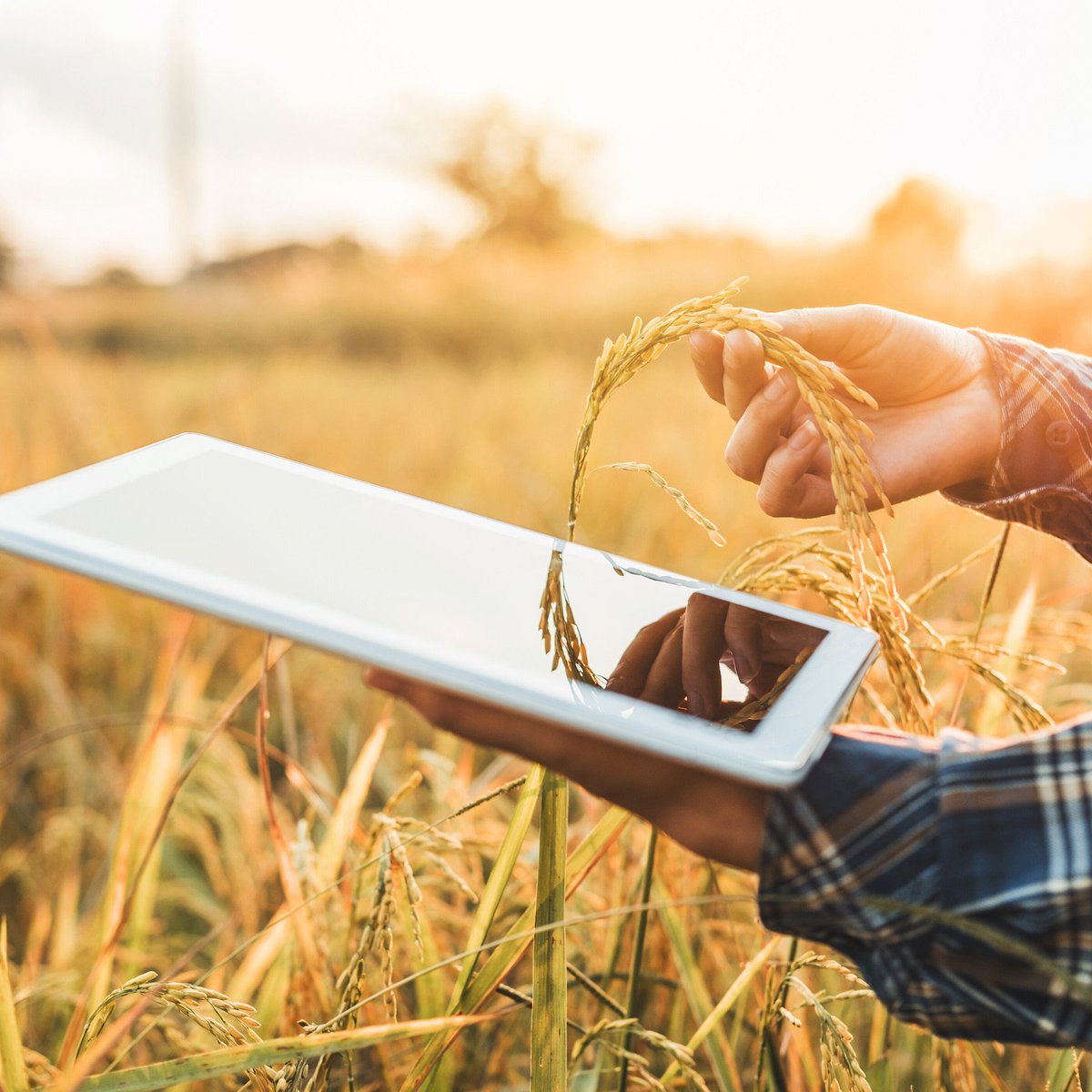Over a third of all food produced in the world goes to waste. The food loss doesn’t merely inflate prices. It flippantly uses up natural resources – resources we are hard-pressed for already.
While any business can fight food loss and waste, it is the large corporations that can be the catalyst for change. Not because where the giants go, the rest follow, but because they stand in the unique position to influence the entire supply chain.
With that thought, we add to our compendium of resources for the #FLWDay – how big corporations save food losses.
Nestlé tries to achieve zero waste through several steps. One, it transforms waste material (unsold coffee beans) into value-added food products (instant coffee). Two, it identifies the most significant areas of loss in their supply chain (palm oil, cereals, dairy, fruit and vegetable) and works on them. Three, it educates customers on how to counter food waste.
Dole is on a literal warpath and plans to eliminate all food loss. It upcycles fruits not suitable for sale into drinks and snacks. It installed precision equipment in a processing facility and saved “over one million pounds of raw vegetable material.” It diverts culled vegetable matter from landfills to compost pits and turns the biomass into electricity. The food company even plans to transform pineapple skins into the packaging!
Kellogg uses a Postharvest Loss Reduction Program, Breakfasts for Better Days™ Program and recycling rejected cornflakes into beer to cut down food loss.
PepsiCo tackles food wasted in transit by sourcing the fruits and vegetables it requires for its many products locally, going as far as creating a Sustainable Farming program for the same.
What are large retailers doing in this space? We look closely at three examples.
Tesco
The British multinational is lauded as the first retailer in the country to be transparent about how much food it wastes. It took the step to publish that data in 2013. Since then, it has completed 81% of “its target that no food safe for human consumption goes to waste.”
Here’s how Tesco saves food from going down the drain:
- It began accepting produce from growers and farmers even when they didn’t meet cosmetic quality standards. They marketed these fruits and vegetables as their Perfectly Imperfect range.
- It partners with FareShare, a food redistribution charity, to donate all surplus food from its stores to 7,000+ charities and community groups.
- It set up Colleague Shops. These dedicated storage areas and fridges allow its employees to buy any food that has reached either best-before or use-by date at 1p per item.
- It built a Waste NOT range where surplus fruits like apples and watermelon with ‘wonky’ specifications were processed into cold-pressed juices.
- It collaborated with companies to create and sell HYKE, a gin made from surplus table grapes. The gin helped save around 166 million grapes.
To understand how Tesco has eliminated the need to send any food to landfills since 2009, you need to grasp its profound commitment to battling food waste. And the biggest example is its baked goods.
Any fresh bread that remains unsold sees a price reduction to push more sales. What is left is sent to charities or diverted to the Colleague Shops. And if there are still some stragglers, they’re converted into animal feed!
Carrefour
The French retail multinational believes a zero-waste goal is not a utopian dream and it can attain 50% lesser food waste by 2025. By last year, it had already recovered food waste by 67.7% and cut food loss by 9.7%.
Here’s how Carrefour has been working on further saving food losses:
- It revised best-before or use-by dates or scrapped them all together for 500+ products. With a single step, it prevents consumers from throwing away perfectly usable food items.
- Any product with damaged packaging, incorrect labelling or nearing expiry dates is donated to food banks. In 2019 alone, Carrefour donated to over 1000 charities amounting to 105 million meals.
- It launched the Tous Antigaspi (Everybody Anti-Waste) range in France for products with irregular appearances. From mini dry sausages to camembert, these slightly defective items (that still taste good) are sold at 30 to 40% discount. A similar range called “únicos” is sold in Carrefour Brazil.
- It partners with Too Good To Go to sell items a day or two before the expiry. These baskets push food that may end up as waste by reducing almost 70% of the price. As of 2019, Carrefour has already sold 11.2 million baskets, saving 2,374 tonnes of unsold food.
To achieve its utopia of zero-waste, Carrefour truly practices a circular economy. Any unsold fruits and vegetables that can’t be donated are disposed of as biowaste where it transforms into methane. And that is used as a biofuel for its transport trucks!
IKEA
The home furnishings retailer seems like an awkward choice for talking about food loss. It isn’t. Beyond furniture, IKEA runs restaurants and bistros across the world.
Three years back, the Swedish multinational launched Food is Precious. The initiative meant to cut food waste by 50% by August 2020. Well aware that their expertise lay elsewhere, they aligned with tech companies to attain the goal.
- The first was Winnow, a firm that cuts food waste in hospitality. IKEA installed Winnow Vision, an AI-based tech in its kitchens. The smart scale weighed and recorded food thrown away each day.
It also identified the top 3 dishes wasted daily, enabling the staff to find ways to lessen the volume of these dishes.
- The second was LeanPath, another firm preventing food waste in kitchens. Similar to Winnow Vision, LeanPath’s food waste tracking system helped IKEA measure waste and identify the root causes such as spoilage and excess production.
- The third was enrich360TM, a community-based in Australia. Using their Food Waste Dehydrator, IKEA converts leftover food into biomass and pure water. The nutrient-rich fuel is used as fertilizer on farms that supply fruits and vegetables to the company, achieving a true circular economy.
Within one year of installing the LeanPath system, IKEA’s food waste was minimised by 30%. Combined with Winnow, it has saved over 2.3 million kilos of food over two years.
And that’s why we picked IKEA as the third big corporate. It proves that tools and technology go a long way into cutting food waste.
Make the change
Businesses, especially those in the food value chain, wield sizable market power. They can address global food loss and waste concern at multiple levels. Who will lead this change?

Ramakrishnan M is VP – Sales & Marketing at Intello Labs. He is passionate about Agriculture, AI and start-ups. You can connect with him on LinkedIn and follow him on Twitter



.png)


